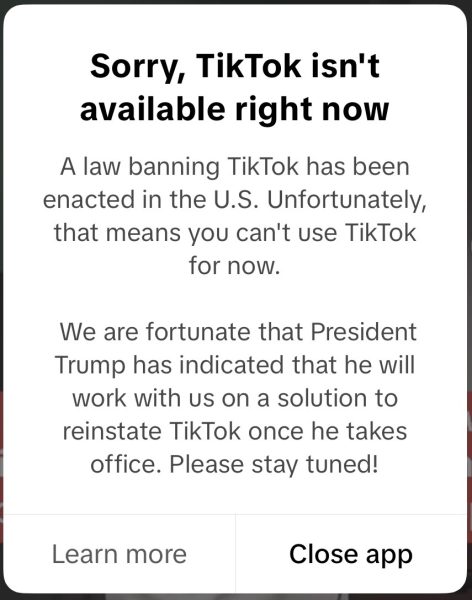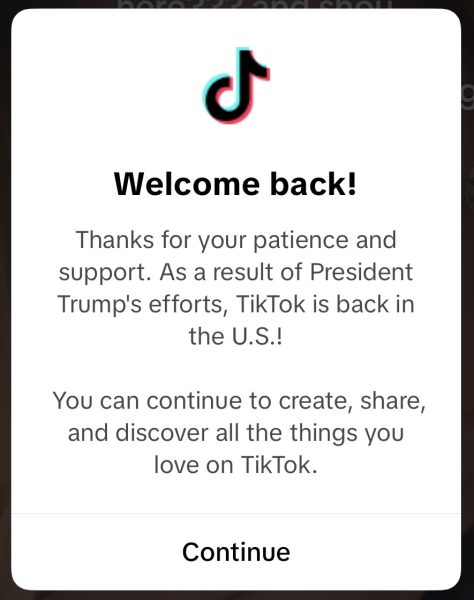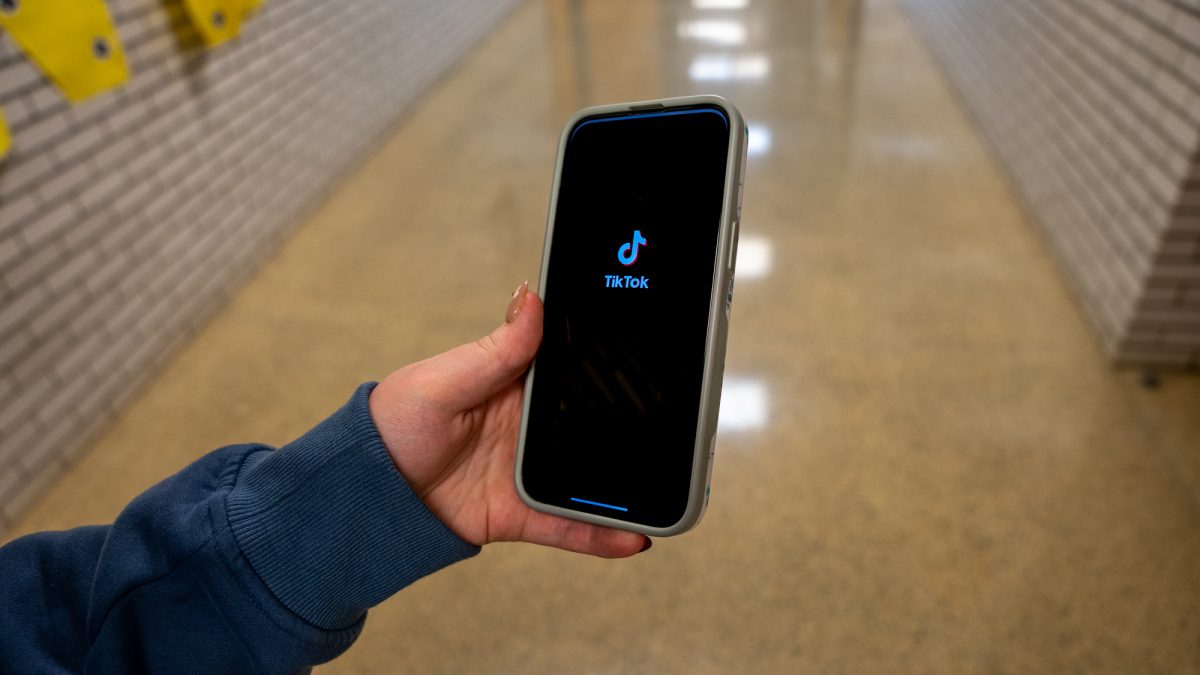Since its origins in 2014, TikTok has become a source of joy and entertainment for all ages. Initially titled Musical.ly, a platform for teens to lip sync and dance to their favorite songs, quickly became a center for short-form videos revolving around creativity and community. When Chinese tech firm ByteDance purchased Musical.ly in 2018 and rebranded it as TikTok, the app’s popularity skyrocketed, attracting millions of new users each year.
Despite its immense popularity, TikTok has faced threats of being banned in the U.S. sporadically since 2020 due to data privacy concerns based on its ties to China and its government. The first major scare happened during the pandemic, a time when about 28.8 million new users joined the app, either to start content creation as a hobby, watch for entertainment, or even pick up new hobbies through the examples of other creators. Although the app survived this potential ban due to a block by the Biden administration, its future once again became uncertain early this year.
In early January, the Supreme Court brought renewed concerns to TikTok’s ownership, setting a January 19th deadline for ByteDance to divest its U.S. operations by selling the app or face a nationwide ban. Leading up to that date, users panicked and were uncertain about the fate of TikTok, scrambling to find ways to download their personal and bookmarked videos quickly. Arguments that the ban would violate First Amendment rights were raised, but the Supreme Court contended that the ban would not violate freedom of speech and expression.
As a user of the app since early 2017, I found it impossible to download all of the thousands of videos I’d made and bookmarked over the past eight years, so I focused on saving the ones that I would want to look back on the most.
Yet, even on January 18th, the day before the deadline, uncertainty was still prevalent amongst users. Some started spreading rumors that the ban’s deadline was extended, while others claimed that the app would only be taken off the app store and remain usable by preexisting users.
“I keep packing and unpacking,” was a common phrase stated by users in comments sections as creators posted conflicting and inconsistent updates. The app was also abuzz with discussion over where users would be moving to prevent dopamine withdrawals. The most popular choices were Instagram Reels, YouTube Shorts, and RedNote, a newer Chinese-owned app.

At around 10:30 PM on the 18th, every U.S. user received this notification, confirming fears that the app would go dark:
However, by mid-afternoon the next day, the app was mysteriously working again, despite its unavailability on the App Store. Users who had deleted the app found themselves unable to reinstall it. The new popup message was as follows, where CEO Shou Zi Chew lauded President Trump for his efforts in the app’s restoration.

Although avid users, including myself, were pleasantly surprised that we could use the app normally again, I quickly became skeptical along with others. Trump had not officially been inaugurated yet, but the message conveyed the perception that he had somehow “saved” the app?
Some users questioned whether Shou had sold the app to Trump or another American entity without announcing it.
I came across a quote that was copy-and-pasted on several videos that I agreed with: “Taking something away and then giving it back is a common manipulative tactic used to control victim(s) by creating a cycle of dependence & uncertainty.”
I began to believe that the abrupt shutdown and swift restoration were orchestrated to portray Trump as a hero, creating a narrative that would conveniently positively align the day before his inauguration.
Although the app had returned to functioning as (mostly) normal, users were quick to notice subtle changes when using the app. Live streams, which had been popular for spreading political news, no longer appeared on feeds, which brought me suspicion of censorship. Additionally, certain political phrases such as “rigged election” are now unable to be commented anymore and bring up blank screens when searched.
Upon his inauguration, Trump extended the ban’s deadline to 75 days, set for the app to legitimately be banned on April 5th unless sold.
Personally, I hope the app will be sold and stick around for years to come so I can make videos celebrating graduation, prom, and moving into college. But if the app is eventually permanently banned, I would manage and probably have more time for my hobbies. Some others might have a harder time—the Creator Fund provides certain creators with compensation for their content. Without the app, the users who rely on it for income would have to move to other platforms or apply to new jobs. Many small businesses have also found unexpected success through promoting their products.
Ultimately, I remain wary of the political manipulation surrounding the app and its future, as the events of the past month leave lingering questions. I’m still not completely certain on whether the temporary ban was a genuine security move, a political stunt, or a mix of both. Regardless, it has brought to light the balance between national security and digital freedom millions of Americans rely on.


